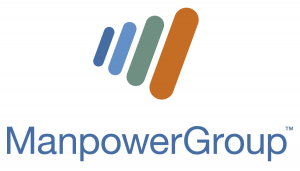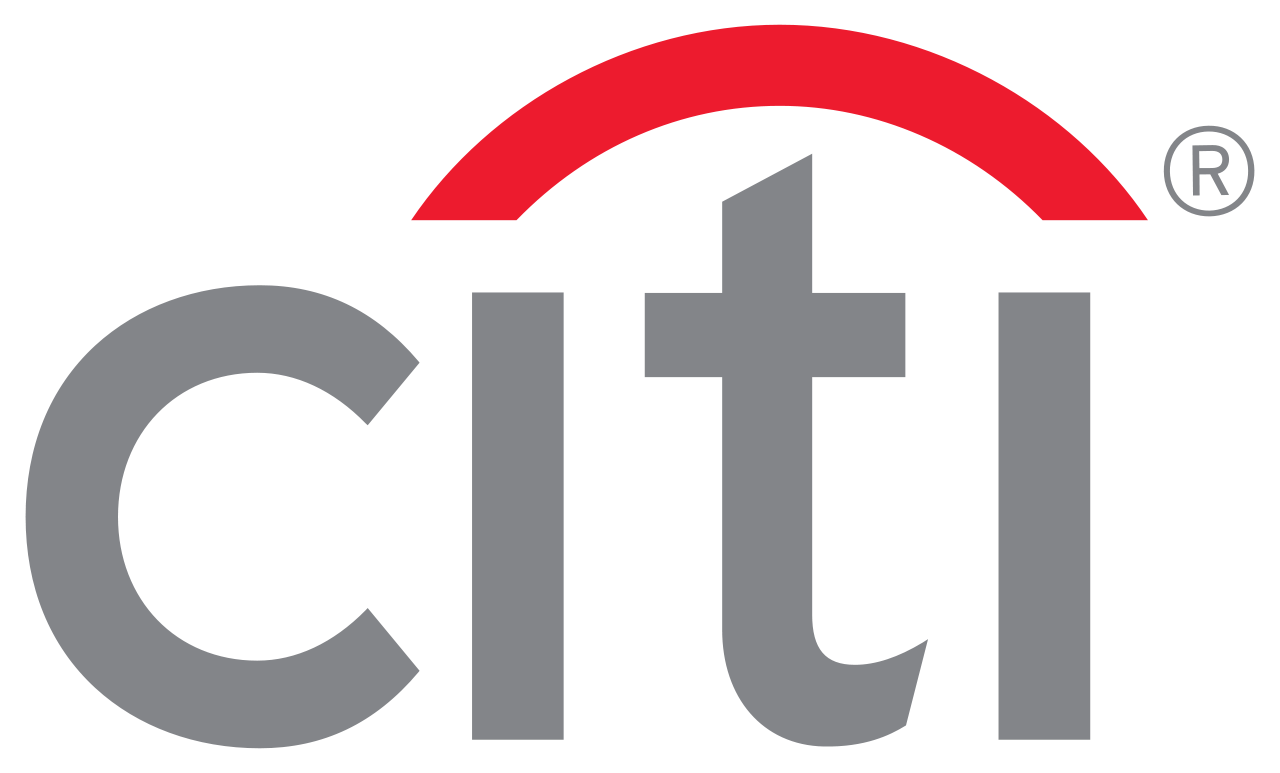Collaboration Tech Development Rests On Community-Enabled Innovation
25.05.2017Company: Amcham
The most recent findings of Gallup’s 2017 “State of the American Workplace” report opened my eyes to a potential opportunity for IT developers. A dramatic shift in the workforce, once viewed as a threat to the IT function, is now an open invitation for developers to flex their innovation muscle and add value to the employee experience.
According to Gallup, the percentage of employees engaged in remote workplaces has quadrupled over the last two decades, from only nine percent in 1996 to 37% in 2016. And this trend is expected to continue to escalate; Society for Human Resources Management research indicates that 60% of companies offer employees telecommuting opportunities – a threefold increase from the 20% who offered them in 1996.
This dramatic workforce shift is bringing a broad range of collaboration tools into the world of work. Because employees are empowered to work the way they want, they are purchasing and implementing their own technology, ranging from enterprise solutions to mobile apps and small team applications. But in reality, this move just undercuts the efficiencies and performance improvements that can only be realized through development innovation.
The desire for enterprise collaboration maturity opens the door to development opportunities
Enterprise collaboration is still happening outside of the solutions and tools used to access and analyze data. And it’s done for a justifiable reason: Very few of these technologies feature components that support it. Although designed to reduce barriers to information, more often than not enterprise collaboration tools reside in a tangled web of poorly integrated business applications and impenetrable information silos.
“As the level of acceptance of social technologies has increased over the past few years, the way we think about social business has undergone rapid change,” says Vanessa Thompson, research manager, Enterprise Social Networks and Collaborative Technologies, at IDC. “This change also comes with the confluence of a number of intersecting market trends – cloud, mobile, and Big Data. This exacerbates the ways we can use these new communication and collaboration channels to connect with employees, customers, partners, and suppliers in order to meet future potential needs.”
For developers, Thompson’s observation sends an urgent message to start looking at the existing IT landscape to determine where enterprise collaboration capabilities could add value to the way people work. Better yet, this may be an excellent opportunity to break down data silos that have plagued the business environment for decades.
Community-driven innovation paves the way to data democratization
After spending most of my career surrounded by developers, I have seen firsthand why successful change does not happen in a vacuum. Developers who leverage expert content, support, and innovative technology to extend enterprise investments are more likely to drive a competitive advantage that is valued by the business.
Through a community of innovators, developers can embed complementary interfaces in existing systems and applications to support the collaboration needs of any company, department, or industry. This environment should provide flexible capabilities including:
- Customizable work patterns to address unique business demands and enable repeatable work
- Integration of in-context business data from native and third-party systems with work patterns through APIs that help ensure that real-time data is available for assessment and decision making
- Capabilities that are embedded through widgets to support enterprise collaboration in existing applications
- Development of extension applications that take advantage of the power of the cloud platform based on in-memory computing to deliver rapid analysis, storage, transformation, and rendering
Development is an important part of integrating capabilities into existing software to create engaging experiences for employees of all levels and functions. However, it’s not innovation that should be done by scratch and alone. A community of expertise, best practices, content, and tools can help developers quickly set up a foundation for enterprise collaboration and devise new ways of work that reflect the business’ culture, preferred engagement models, and digital strategy.
Author: James Penfold
Get started on your enterprise collaboration initiatives. Sign up for a free SAP Jam Collaboration, developer edition, and get full access to all of the capabilities of SAP Jam.
Tags: Human Resources | IT |







